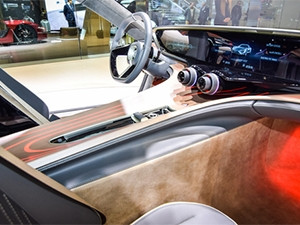
Almost 20 million fully autonomous or self-driving vehicles will be on the road by 2025, with consumer adoption set to take off in 2021.
This is according to a new study by Juniper Research, Autonomous Vehicles: Adoption, Regulation & Business Models 2015-2025.
Driven by increased safety and convenience for drivers, development has progressed to live trials with North America and West Europe set to become the first to witness driverless cars in use on the road, says Juniper Research.
The research found that in the interim, consumer usage of advanced driving assistance system (ADAS) technologies such as adaptive cruise control and automated braking will become key.
It argued that these systems will serve to prepare drivers for the psychological change from the role of driving a car to operating a driverless car.
The research observed that although the market has progressed to live trials, a discernible monetisation strategy has not become evident.
Stakeholders are currently investigating multiple business models with manufacturers expected to engage in product licensing, self-production or open sourcing the systems, says Juniper Research.
Cars as a service will provide car mobility services for anyone, since no driver's license is needed and it will be an affordable transportation solution for a large portion of the global population, says IHS.
According to the World Economic Forum, the age of self-driving vehicles is fast approaching and city leaders need to take steps to prepare as the disruptive technology becomes a reality.
Autonomous driving technology is probably the hottest topic in the automotive industry, with much of the credit going to Google due to tremendous press coverage and resulting interest across automotive original equipment manufacturers, suppliers, technology industry, and consumers, says Egil Juliussen, PhD, senior director and analyst at Automotive Technology.
There are two distinct strategies for developing self-driving cars, says Juliussen. The evolutionary strategy continues on the current path of improving ADAS to partial self-driving and then to full self-driving cars, he explains. The automotive OEMs and their suppliers are using this strategy, says Juliussen.
On the other hand, the more revolutionary strategy is to go directly to driverless cars that have no driver controls, he adds. Google is the main proponent of this strategy, but Uber has started its own R&D to get on a similar path, notes Juliussen.
According to the American Enterprise Institute paper, key factors that would impact producer deployment of autonomous vehicles include technological feasibility, digital infrastructure, producer liability, regulation, diverging business models, and profitability.
Also, Internet access and speed play a crucial role in the efficacy and safety of driverless cars in particular - to a far greater degree than their non-autonomous counterparts, it says.
Share